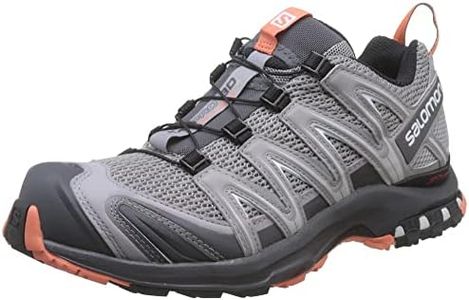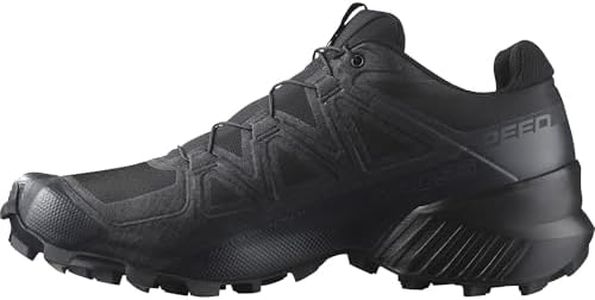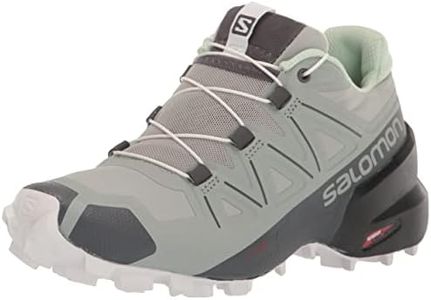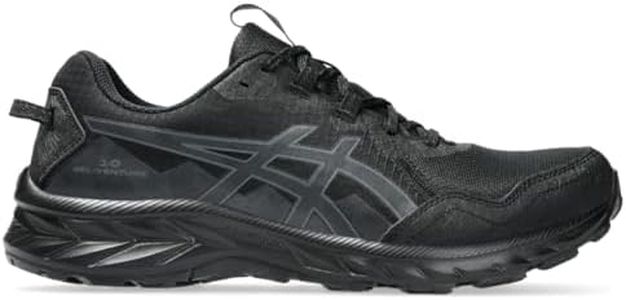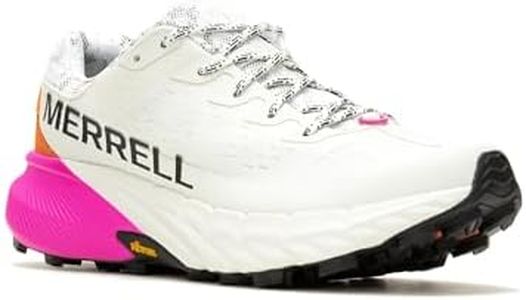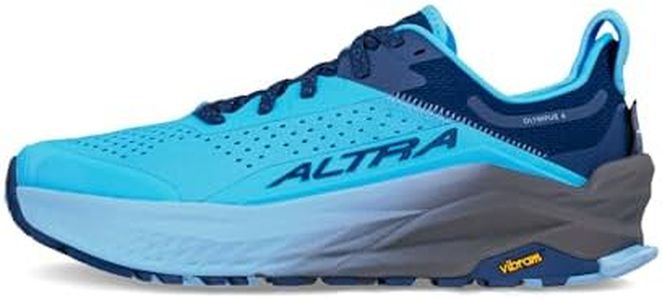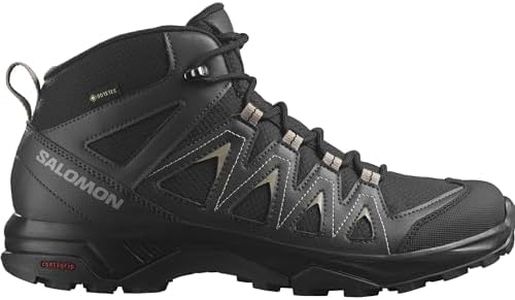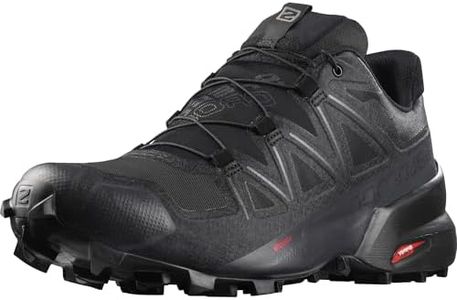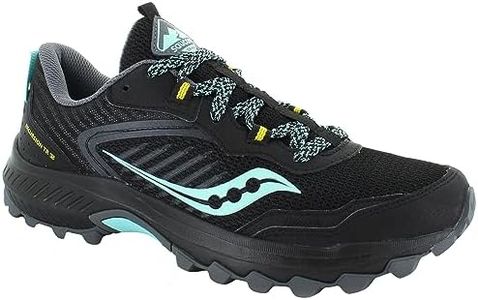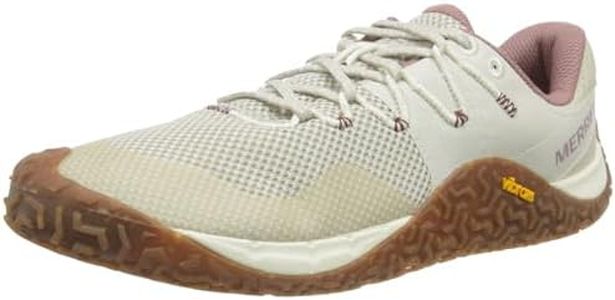We Use CookiesWe use cookies to enhance the security, performance,
functionality and for analytical and promotional activities. By continuing to browse this site you
are agreeing to our privacy policy
10 Best Trail Running Shoes
From leading brands and best sellers available on the web.By clicking on a link to a third party's website, log data is shared with that third party.
Buying Guide for the Best Trail Running Shoes
Choosing the right trail-running shoes is crucial for enjoying your runs safely and comfortably on uneven or rugged terrain. The perfect fit ensures you have the right amount of grip, protection, and cushioning for your typical trails while minimizing the risk of injury. It's important to consider how, where, and how often you'll be using the shoes, taking into account your foot shape and running habits to find your best match.TractionTraction refers to the grip that the outsole (bottom) of the shoe provides on different surfaces. It is especially important for trail-running shoes because trails can include mud, gravel, rocks, and loose dirt. Shoes with aggressive, deep lugs offer more grip for muddy or technical terrain, while shallower or less pronounced tread patterns are better for dry, hard-packed trails. Think about the types of trails you run on most: opt for more aggressive traction if you’re on soft, unpredictable ground, and less if your routes are smoother and less slippery.
CushioningCushioning refers to the amount of padding between your foot and the ground, affecting both comfort and protection from impact. Trail-running shoes usually come in low, medium, or high-cushion versions. Low-cushion shoes are lighter and allow more ground feel but offer less shock absorption, making them good for shorter or faster runs. High-cushion shoes provide maximum comfort and protection for long distances or rough trails but are heavier. Medium-cushioning balances these factors for most runners. Choose the amount that matches your comfort preference and typical running distances.
Protection (Rock Plate & Toe Guard)Many trail-running shoes include protective features like rock plates (a thin layer that protects from sharp objects) and reinforced toe guards. These add weight but protect your feet on rocky or root-filled trails. If your local trails are technical and have lots of obstacles, choose more protection. For smoother, easier trails, you might prioritize lighter shoes and less armor.
Fit and StabilityFit involves how snugly the shoe wraps around your foot's shape, and stability refers to extra support to keep your foot steady on uneven ground. A well-fitting trail shoe should secure your heel and midfoot while giving your toes room to splay. Some shoes are designed for narrow or wide feet, and some offer more structured support around the ankle and arch. If you have a history of twisted ankles or unstable footing, or run on challenging terrain, focus on shoes with added stability features. Always try on shoes or check sizing carefully, as comfort starts with a good fit.
DropDrop is the difference in height between the heel and the toe in the shoe. A lower drop (0–4mm) promotes a more natural running stride and is preferred by runners focused on agility and ground feel. A higher drop (8–12mm) provides extra heel cushioning, which is more comfortable for those with a heel-strike running style. Think about your usual stride, and if you’re new to trail running or unsure, a mid-range drop can be a balanced starting point.
Water Resistance and BreathabilitySome trail-running shoes feature waterproof or water-resistant materials to keep your feet dry in wet conditions, while others focus on maximizing breathability to keep your feet cool and reduce sweat. Waterproof shoes are best for wet, muddy, or rainy environments, but they can feel warmer and less breathable. If you usually run in dry, warm conditions, opt for a shoe with lightweight, breathable mesh. Consider your local climate and typical trail conditions to choose what keeps your feet comfortable.


